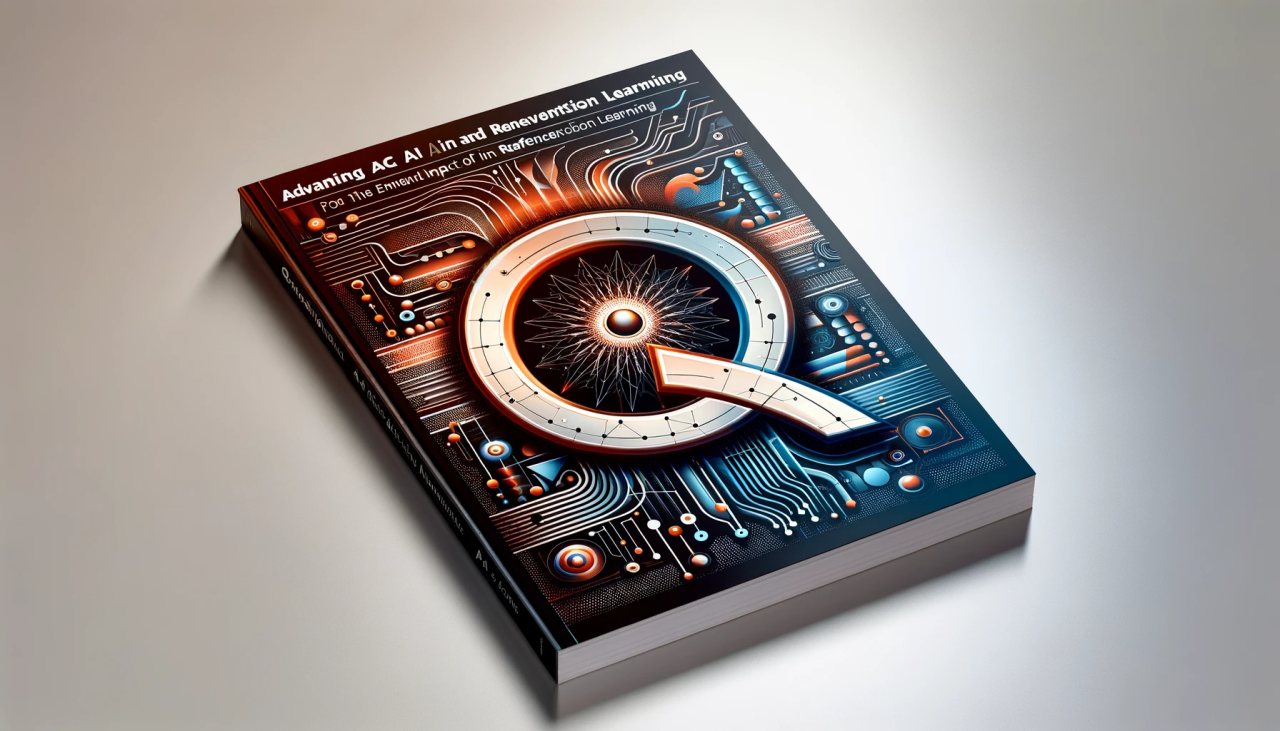Q-Star (Q*)#

Q-Star (Q*) has emerged as a potentially transformative development in artificial intelligence (AI), building upon the foundations of Q-learning. This article aims to delve deeply into Q*, elucidating its naming convention, implications, and potential impact on AI research and applications. It will cover Q-learning, Q-Star’s connection to other algorithms, challenges in AI problem-solving, and its alignment with emerging paradigms like neuro-symbolic AI. The objective is to provide a comprehensive understanding of Q*, its significance, and its potential to advance AI capabilities.
Understanding Q-Star (Q*)#
Background of Q-Learning:
Concept: Q-learning is a type of reinforcement learning (RL) algorithm, crucial in teaching AI agents to optimize decisions through experience. It works by enabling agents to learn the value of actions in different states, aiming to maximize cumulative rewards.
Mechanics: An agent in Q-learning learns a Q-table or Q-function, which estimates the value of taking an action in a particular state. The learning process involves updating this Q-function based on the rewards received for actions taken.
Applications: Q-learning has been applied in various domains, including robotics, game playing, and autonomous systems.
Naming Convention of Q*:
Asterisk Significance: In mathematics and computer science, an asterisk often denotes an advanced or modified version of an original concept. In the context of Q*, it implies an evolved or enhanced version of Q-learning.
Comparison to A-Star: The naming is reminiscent of the A* (A-star) algorithm in pathfinding and graph traversal. A* is renowned for efficiently finding the shortest path, suggesting that Q* aims for similar efficiency in decision-making processes.
Implications and Potential of Q-Star#
Enhanced Problem-Solving:
Complex Decisions: Q* is expected to handle more complex decision-making processes, improving the efficiency and effectiveness of AI systems.
Adaptability: It could offer better adaptability in dynamic environments, a crucial aspect in fields like autonomous driving and strategic game playing.
Integrating Complex Algorithms:
Sophisticated Decision-Making: Q* might integrate advanced algorithms, possibly incorporating elements from other areas of AI, like deep learning or probabilistic reasoning.
Application Scope: This integration could broaden the scope of applications, making AI systems more versatile and capable in diverse scenarios.
Overcoming Q-learning Limitations:
Initial State Sensitivity: Q-learning’s performance can be heavily influenced by initial state distributions. Q* could offer mechanisms to mitigate this issue.
Avoiding Local Optima: Q-learning sometimes struggles with getting stuck in local optima. Q* might incorporate strategies for global optimization.
Challenges and Solutions in AI Problem-Solving#
Struggles with Mathematical Problems:
Training Limitations: Traditional language models are primarily trained on textual data, which limits their ability to handle numerical and logical problems.
Inherent Complexity: Mathematical problems often require a level of precision and logical reasoning that is challenging for current AI models.
Q-Star’s Approach:
Computational Integration: Q* could incorporate methods to integrate computational logic within its framework, enhancing its ability to tackle mathematical problems.
Logic-Based Learning: By learning logical reasoning patterns, Q* could significantly improve performance in problem-solving tasks.
Advanced Techniques: TTC and TTA#
Test-Time Computations (TTC):
Concept: TTC involves altering the model’s computations during the testing phase to better align with real-world scenarios.
Purpose: It aims to enhance the model’s performance and generalizability beyond the training data.
Test-Time Adaptations (TTA):
Concept: TTA involves applying transformations or modifications to the input data during testing.
Purpose: It serves to make the model more robust against variations in input data that it wasn’t exposed to during training.
Role in Q-Star Development:
Enhancing Adaptability: Incorporating TTC and TTA in Q* could make it more adaptable and effective in handling diverse and unforeseen real-world problems.
Neuro-Symbolic AI and Q-Star#
Concept of Neuro-Symbolic AI:
Combining Approaches: Neuro-symbolic AI aims to merge the strengths of neural networks (data-driven learning) with symbolic AI (rule-based reasoning).
Advantages: This fusion promises AI systems that are both knowledgeable from data learning and capable of logical reasoning.
Q-Star’s Role:
Bridge between Paradigms: Q* potentially represents a step towards this convergence, combining reinforcement learning (a neural approach) with structured, logical problem-solving.
Implications: If successful, Q* could mark a significant advance in creating AI systems that are both data-savvy and logically adept.
Conclusion#
Significance of Q-Star: Q* emerges as a significant development in AI, potentially enhancing problem-solving capabilities and broad